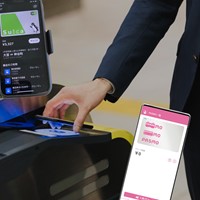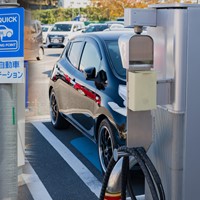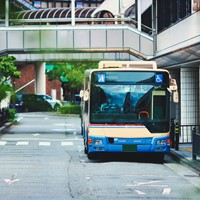Japanese Trains Demystified: Taming Tokyo’s Complex Sytems
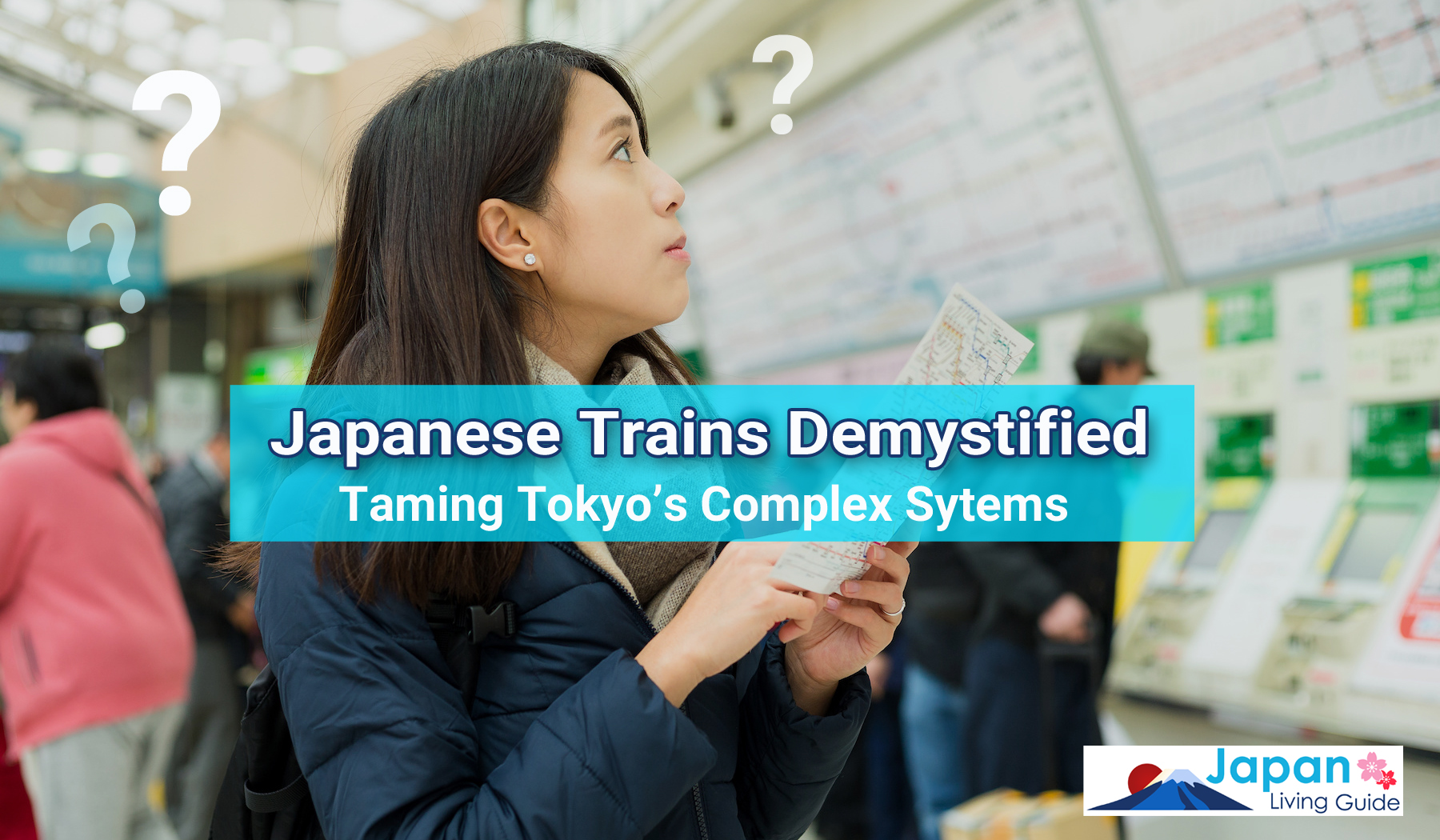
In many countries, public transport and the systems surrounding it fade into the background of daily life — or in some cases, are close to non-existent. However, Japanese public transportation, especially the train system, is an integral part of how daily life works so efficiently and seamlessly.
Japanese trains work effectively and punctually no matter the time of day and are utilized by a large majority of the population regularly. However, the system is complicated to understand at first, especially for visitors to Tokyo or are riding trains for the first time. Many aspects are contributing to this complexity, which we will address and clarify in this guide.
How the Japanese Train System Differs from Other Countries
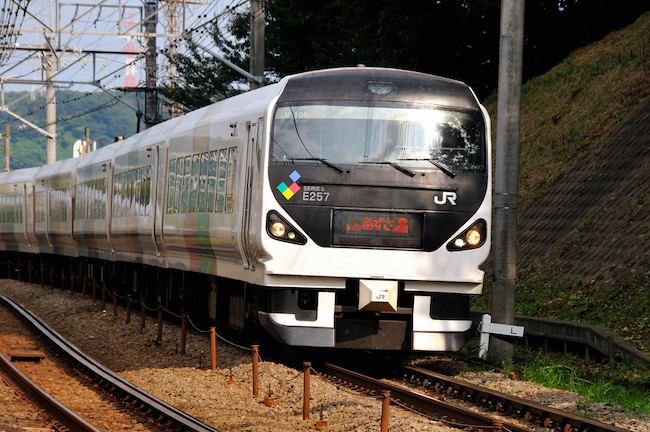
Firstly, it is important to look at the differences between the Japanese train system and that of other countries. While it is impossible to put the train systems in all other countries in one category, Japanese trains have some distinctive features which often impress visitors. Some of these include the cleanliness and safety of Japanese trains. It is considered bad etiquette to eat on trains, meaning there is no food packaging or food waste, and littering is extremely rare. The trains are also safe to ride, regardless of the time of day or train line.
Many international visitors are also impressed with the punctuality of Japanese trains. They consistently run on time, down to the minute. While delays can occur due to accidents, signal problems or weather, it is rare. There are also many different train lines running regularly throughout the day, so if one train line is delayed, it is easy to find an alternative route if you are traveling in a major city. Some train lines run every few minutes so even if you miss your intended train, you only have to wait a few minutes until the next one. Some of these features are rare or completely absent in train systems overseas, meaning visitors from those areas are often impressed by the trains in Japan.
The Reason Japanese Trains Are So Complicated
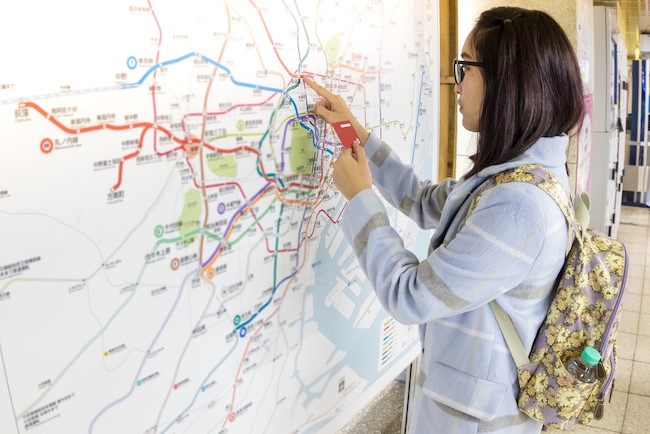
While Japanese trains can be very impressive, the system can be very complicated, both for first-time visitors and new residents in Japan.
Multiple Japanese Railroad Companies
Part of this complexity is due to the train companies. Rather than being a fully public service, many Japanese train services are privatized, resulting in several different train companies. Most cities are serviced by a number of these companies rather than a single network. JR (Japan Railways) is perhaps the most well-known of these companies, and many visitors may assume it is the only railway company if they are coming from an area where all trains are run by one service. While JR runs around 70% of the trains in Japan and is the replacement for the once-public Japan National Railways, it is far from the only company providing rail networks in Japan.
In Tokyo alone, there are seven major private train networks — while Osaka has five major private networks. Some cities also have a subway network running in conjunction with the trains. It can be confusing when changing trains as you may have to completely change the network by walking to a different station as part of the transfer.
Multiple Railroad Companies Serve the Same Line
Aside from the sheer number of train companies operating in the same area, some of these train companies run on the same line. Many routes will change company at a particular stop, yet the train stays the same; passengers don’t need to disembark or change. It is confusing to enter one network and exit through another without making any transfers.
Many Train Types
As well as multiple train companies, there are also many train types. It is common in most train systems globally; however, the Japanese train system can be confusing due to the vagueness of the names. The Local train is the easiest to understand as it will stop at all stations along the line. JR trains also have a Rapid train, which stops at fewer stations than the Local train; then there is a Commuter Express, which runs during peak hours and often stops at fewer stations than the Rapid. Some lines then have a Special Rapid that will stop at fewer stops then the other trains. Finally, there is a Limited Express that has the least number of stops... but requires additional fare.
In private railways, there are also a number of train types. These networks also have a Local train, stopping at all stations. Then there is either a Local Express or Semi Express, depending on the rail network. This train will stop at fewer stops than the Local. There is also a Rapid and Express train, which both make fewer stops than the previous trains. Private networks often also have a Limited Express with the least number of stops; however it may or may not require an additional fair. It depends on the network.
Large Terminal Stations with Complicated Transfers
In addition to the complexity of the trains themselves, the train stations can also be very confusing. While there are several simple local stations, there are also many large transport hubs or terminal stations. These stations often service multiple lines and multiple companies. While this reduces walking time when changing networks, most companies will have numerous platforms and various exits. Sometimes it is necessary to exit through one gate to get to another train network on your route, or you will end up stuck in the wrong part of the station. It is a source of confusion for many foreign visitors to Japan and some Japanese people alike.
Stations Have Confusing Layouts
Some stations have very confusing layouts that have platforms located well below ground. There can be multiple sets of stairs to navigate in order o get to the ticket gate and more stairs to get to the platform itself. It can make things difficult when trying to understand the layout, and exhausting to retrace your steps if you make a mistake.
Tracks Arranged in Complicated Curves
A number of train lines in Tokyo can be confusing as they configure in long and sometimes complicated curves. The reason is to avoid passing under the Imperial Palace, located centrally in Tokyo. There are no train or subway tracks that pass underneath the Imperial Palace.
No 24-Hour Service
Another important consideration when using the train system in Japan is the timetable. As we said before, many lines have trains running every few minutes, which is very convenient for getting to different places and finding a new route if you miss your train. However, it is crucial to note that trains do not run 24/7 and stop around midnight. Some lines stop closer to 11:30 pm while others don’t finish until around 1 am, but there are no late-night or all-night trains in Japan. If you miss the last train, the only options are to take a taxi or wait for the first train in the morning. The first train usually starts at around 6 am, with some starting at around 5 am. It is necessary to plan how to get home if you intend to stay out late while in Japan.
Navigating the Japanese Train System — A Test of Patience and Persistence, but Well Worth The Effort
The Japanese train system is renowned worldwide for its impressive efficiency and punctuality. It is known for being clean and safe despite being one of the busiest systems in the world. It can be highly intriguing for visitors to Japan. However, it can also be quite confusing and complicated for many reasons. The various train companies, train lines, and large and overwhelming stations contribute to making navigating the Japanese train system difficult. With the information in this guide, you will hopefully be able to make your way through this complicated system on your next journey through the Japanese train networks. To find the best route, Jorudan's Japan Transit Planner will be a great support.
If you want to learn more about trains, driving, taxis, and all things that make people go, be sure to check out our various other content on transportation in Japan.
